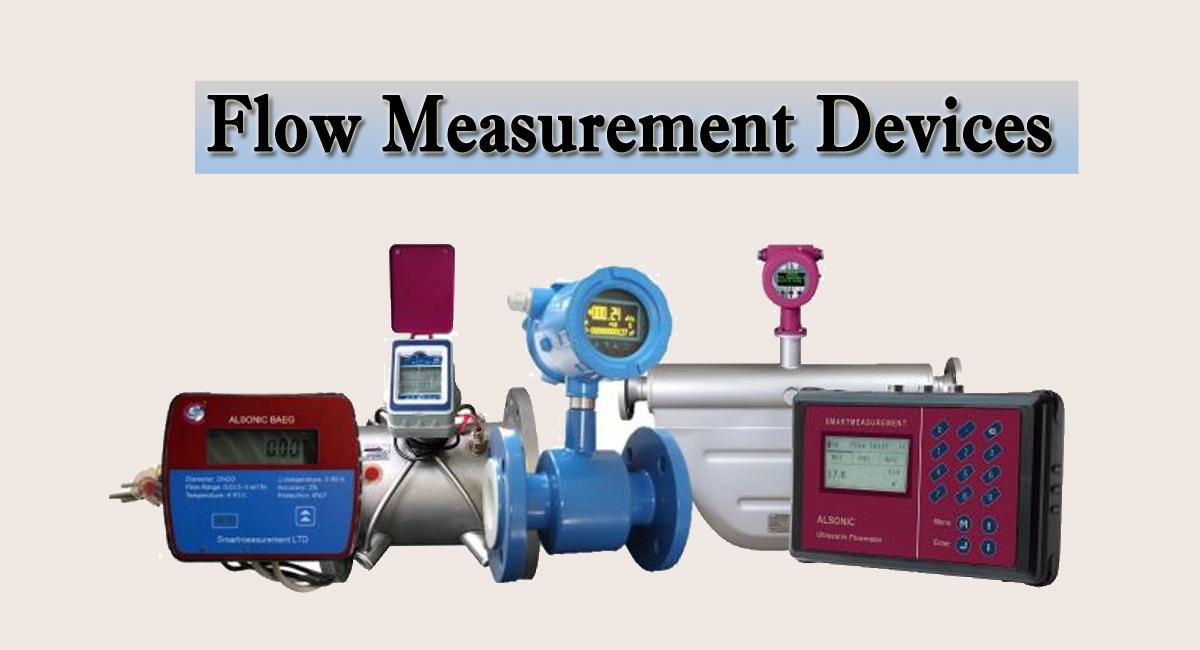Natural resources are vital for survival. Water, oil, and gases are depleting at a rapid rate. However, property conservation can let the necessary resources serve humans for a longer time. You cannot achieve this if you rely on manual flow meters. Several manufacturers have come up with smart flow measurement devices- You can monitor fluid consumption remotely and in real-time.
Smart flow measurement involves apps and interfaces that allow you to monitor fluid flow on your PC or a smartphone. It’s easier to use a phone since you have it all the time.
What is Smart Flow Measurement Technology?
This is the tech that involves connecting flow meter readings to your smart device. It would help if you used apps and interfaces to make the connection complete. There are different types of interfaces depending on the developer and the meters that can be connected.
Smart flow technology allows the meter to transmit data to your interface in real-time. The operators no longer need to be on-site to monitor the flow. In turn, it eases the work and reduces the need for human labor.
Smart meters have virtual security that prevents hacking and data-stealing from competitors. You can secure the meter with passwords and access settings.
Features of a Smart Meter
- It has a built-in system that offers reliable data. The system will aid in self-diagnosis, automatic updates, settings and authorization access, identification, and alerts on access attempts.
- Secondary signal conversion. It helps with filtration, thermal correction, and linearization.
- Automatic tech processes. They help in calibration, verification, and group configuration.
- Operation modes that separate different meter modes; are also helpful in event detection.
- A wired network aids in sending data from the flow meter to a smart device such as a smartphone or a PC.
Types of Smart Flow Measurement Tools
Smart flow measurement devices are available in all designs. Flow meters are the main tools that you use for flow gauging. However, you’ll get other tools such as transmitters, calculators, and other utilities. All the tools have an inbuilt app that transmits data to your smart device interface. You can use the data to translate and determine the flow rate or other flow parameters under check.
Flow Meters
Smart flow meters utilized virtual tech to transmit flow rate data. They can be traditional meters with an additional interface that helps in translating and sharing data. Also, they could have inbuilt smart features.
You can use a smart flow meter if your fluid is steam, gas, or liquid. Also, you can use a meter that’s invasive, non-invasive, high pressure, or SMC.
Coriolis Flow Meter
These meters solve some problems in the flow channel. First, it doesn’t need a straight run piping to operate effectively. Also, you can use the Coriolis meter to gauge multiple parameters of the flowing fluid. They have a superior accuracy that does not depend on the fluid traits or external actors.
Ultrasonic
These flow meters take the largest market share. People prefer them since they are versatile in their applications. You can use an ultrasonic flow meter with pure fluids or dirty fluids. Also, they are suitable for slurry fluid and liquids with high levels of suspended solids.
Magnetic
Magmeters have several advantages over traditional mechanical flow meters. First, they are minimally invasive. Thus, they are not prone to rust and corrosion. They also contain no moving parts making them long-lasting. However, the fluid needs to have ions to produce a voltage once it crosses the magnetic field.
Positive Displacement
A PD flow meter will give you a solution when you need a flow measuring tool for viscous fluids. The meter works by holding a known volume of fluid then releasing it. Thus, you get a direct volumetric flow rate of a fluid. They are easy to automate, and you don’t need several utilities in a smart flow meter.
Vortex
These meters gauge all phases of fluids. You can use them when you need low maintenance, cost-effective, and reliable gauging solutions. The meter doesn’t need routine maintenance and cleaning since it doesn’t have moving parts.
Thermal Mass
These meters gauge the flow reading without the need to monitor density, pressure, and temperature. Thermal mass flow meters have two nodes where you apply heat to the fluid. They are best for gauging gases, but you can use them with any state of the fluid.
Variable Area
Variable area flow meters are best applied when the flow channel doesn’t have a uniform cross sectional area. The meter uses a float or a piston that floats above the fluid—the float position changes with the increase or decrease in flow rate.
Turbine
Turbine flow meters are among the oldest flow measuring tools. They have upgraded to include smart technology. You can use them to gauge gases and liquids. However, it would help if you calibrated them to a fluid parameter.
Differential
These meters have a constricted segment. The part creates differential pressure of a fluid within a channel. Also, the meters are best when the fluid has a low Reynolds number and high viscosity.
Open Channel
These are various flow measuring tools that gauge the flow of fluids in an open channel. They don’t need high accuracy.
Mass
When your industry deals with custody transfer, chemical mixing, and emission monitoring, you’ll need a flow measurement device that will give readings in mass flow rate. They help eliminate inaccuracies when converting volumetric flow rate to mass flow rate—the mass of fluid changes with temperature and pressure.
Energy
These are like thermal mass flow meters. They gauge both the supply and return temperatures. Also, the meters can use ultrasonic or magnetic techs. Thus, they offer you flexibility and a choice.
Pressure Transmitters
You can get all kinds of smart pressure transmitters for all forms of applications. You can use the transmitters for gauging differential pressure, gauge pressure, liquid level, and absolute pressure.
Pressure is a vital parameter in fluid flow. Thus, you need to keep it in check all the time. Since you can’t monitor the fluid flow all the time, a smart pressure transmitter will fill the gap.
Calculator and utilities
Calculators and other utilities are installed alongside flow meters. They are vital when you need to calculate the flow rate. They also help in the conversion of volumetric flow rates and mass flow rates.
The tools help in the interpretation of flow data. It makes your work easier by giving you the final flow readings. You can do without them and do the calculation manually. However, you will spend more time and energy on computation.
Including the two will increase the buying, installation, and maintenance costs. You’ll need to assess your profits and budgets to decide whether you’ll include them or not. Also, you can quantify the time they save you and the profit they add to your firm.
Advantages of Smart Flow Meters
- They have tailor-made apps built to suit your application. You can request the developers to create an app with your fluid flow requirements. Also, most of the apps update automatically. Thus, you’ll constantly enjoy the service, and you can have new features to increase efficiency.
- The innovative technology is wireless. You won’t need any cables or paperwork to get your meter readings. This leads to efficiency and less stress at work.
- You are sure that your flow measurement values are secure. You will get the gauge readings before anyone manipulates them.
- Digital flow meters were developed when there’s a vast knowledge of flow measurements. Thus, they have minimal errors and are efficient for various applications.
Conclusion
Flowmeters ate the main flow measurement tools. You can use them with inbuilt smart technology. Alternatively, you can upgrade your existing flow meter with external smart technology. The accuracy of the meter depends on the type and the fluid you are gauging.
Naman Modi is a Professional Blogger, SEO Expert & Guest blogger at proteusind.com, He is an Award-Winning Freelancer & Web Entrepreneur helping new entrepreneur’s launches their first successful online business.






